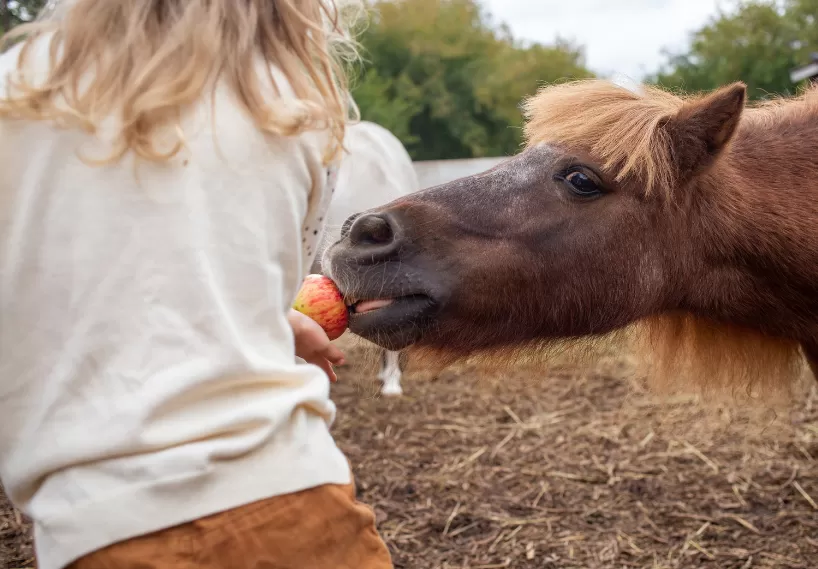Lessons in the Paddock: The Power of Patience, Kindness, and Quiet Learning
Last week, I had two little visitors from Germany stay at my farm stay—a four-year-old and a six-year-old who didn’t speak a word of English. Luckily for me, their parents spoke perfect English.
Every morning, without fail, they’d wander down to help me feed the horses. What unfolded over the course of that week reminded me of something many trainers often forget in our fast-paced, instruction-heavy world: learning doesn’t always need words.
These young helpers watched closely. At first, they copied my actions hesitantly scooping feed, tipping buckets, checking water. I gave simple gestures, nods, smiles, and gentle corrections. No complex instructions. No raised voices. Just presence, patience, and encouragement.
By the end of the week, something beautiful happened. They could count—in English—the number of scoops each horse needed. “One… two… three!” they’d say proudly. No formal lesson. No whiteboard. Just immersion, imitation, and encouragement.
What This Teaches Us as Trainers
In vocational education, we often think learning only happens through instruction: stand up, explain, assess, repeat. But teaching—real teaching—is so much more than that. It can be silent, kind, and deeply human.
Here’s what the horses (and the kids) reminded me:
1. Demonstration is Powerful
A clear demonstration often teaches better than explanation. It gives learners something to see, feel, and copy—and that’s a language anyone can understand.
2. Patience Builds Confidence
When we slow down and remove the pressure to “get it right,” learners feel safe to try. And when they try, they learn. My willing farm hands didn’t fear making mistakes—they kept going because they were supported.
3. Kindness is a Teaching Tool
A smile, a thumbs up, a quiet nod—these gestures create an emotional connection that opens the door to learning. No criticism. No correction shaming. Just kindness guiding the way.
4. Quiet Learning is Still Learning
Not all learners speak up. Some observe, absorb, and mimic until it clicks. Just because a learner is quiet doesn’t mean they’re disengaged. Sometimes, they’re simply soaking it in.
Final Thought
In our classrooms, workshops, and training spaces, we don’t always need to “talk” our learners into understanding. Sometimes, the best learning happens with hands in the dirt, eyes on the job, and a patient teacher nearby ready to smile, nod, and wait.
So next time you're training someone new, remember my German farm stay visitors and my horses. And remember: learning doesn’t always speak your language. But kindness and patience? They’re universal.
Written by Jenny Field: Senior Corporate Trainer and Assessor


